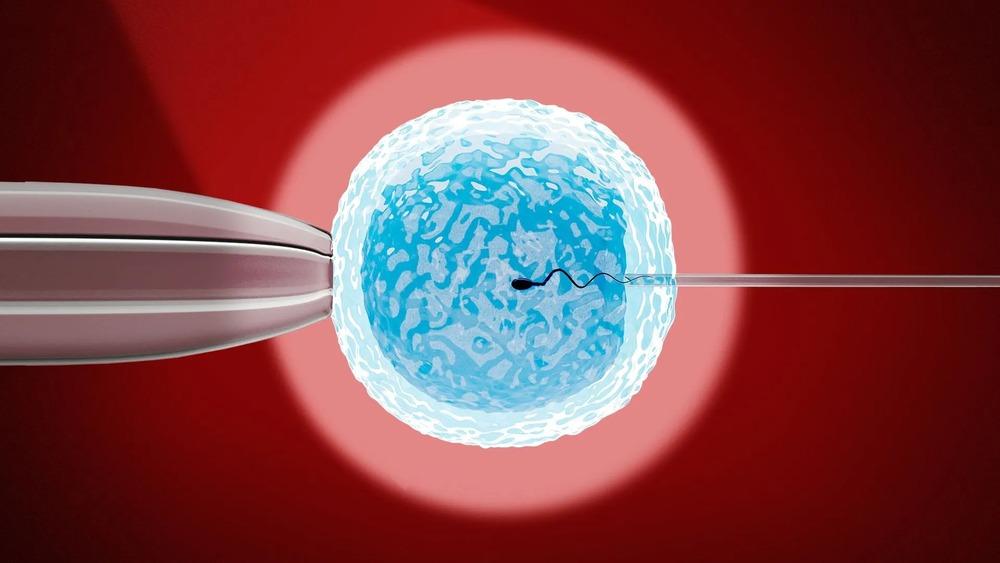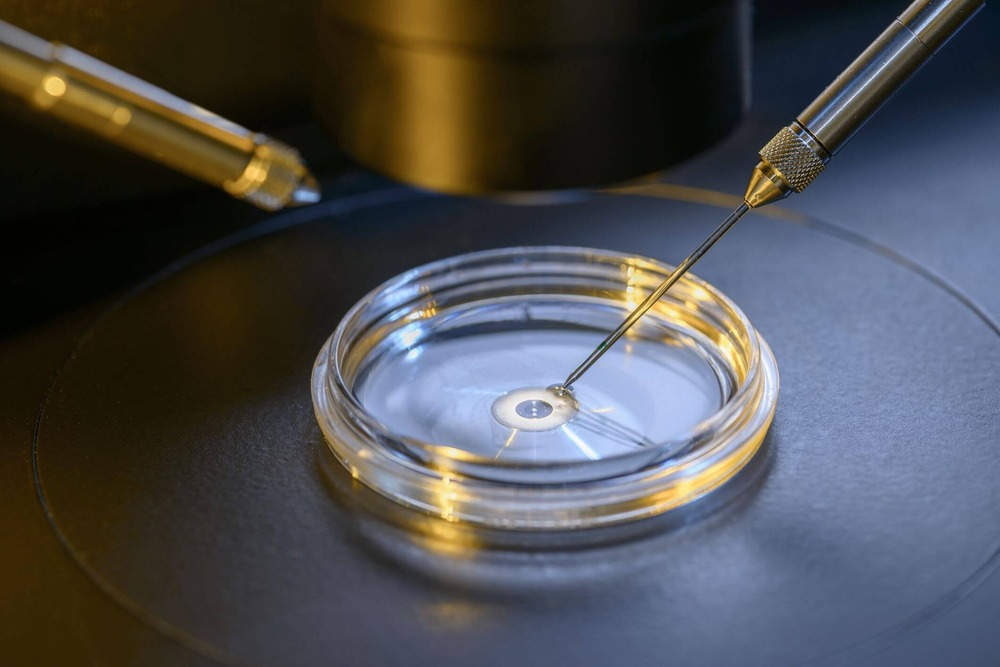In vitro fertilization (IVF) is a journey that many couples embark on in hopes of starting or expanding their families. While the emotional and financial aspects of IVF are often discussed, the physical experience can be a significant concern for many. How painful is IVF really? In this blog, we will break down the IVF process step-by-step, providing insights into what you can expect, including pain levels, statistics, and tips for managing discomfort.

Understanding the IVF Process
IVF involves several stages, each with its own set of procedures and potential discomfort. Here’s a brief overview of the key steps involved:
- Ovarian Stimulation: Hormonal medications are administered to stimulate the ovaries to produce multiple eggs.
- Egg Retrieval: Once the eggs are mature, a minor surgical procedure is performed to retrieve them.
- Fertilization: The retrieved eggs are fertilized with sperm in a lab setting.
- Embryo Culture: The fertilized eggs (embryos) are monitored for development.
- Embryo Transfer: One or more healthy embryos are transferred into the uterus.
Pain Levels at Each Stage
To give you a clearer picture of what to expect, let’s break down the pain levels associated with each stage of the IVF process.
| Stage | Description | Pain Level (1-10) | Common Discomforts |
|---|---|---|---|
| Ovarian Stimulation | Hormonal injections to stimulate egg production | 3-5 | Bloating, mood swings, headaches |
| Egg Retrieval | Minor surgical procedure under sedation | 4-6 | Cramping, pressure, spotting |
| Fertilization | Lab procedure, no pain involved | 0 | None |
| Embryo Culture | Monitoring embryos, no pain involved | 0 | None |
| Embryo Transfer | Simple procedure, usually painless | 2-4 | Mild cramping, spotting |
Ovarian Stimulation: The First Step
During the ovarian stimulation phase, women typically experience some discomfort due to the hormonal medications. These medications can lead to side effects such as bloating, mood swings, and headaches. According to a study published in the Journal of Assisted Reproduction and Genetics, about 30% of women report moderate discomfort during this phase.
To manage these symptoms, staying hydrated and maintaining a balanced diet can be beneficial. Additionally, gentle exercise like walking or yoga can help alleviate some of the bloating and discomfort.
Egg Retrieval: The Most Intense Phase
The egg retrieval process is often considered the most intense part of IVF. This minor surgical procedure is performed under sedation, which means you won’t feel pain during the actual retrieval. However, many women report experiencing cramping and pressure afterward.
A survey conducted by the American Society for Reproductive Medicine found that 70% of women rated their pain during egg retrieval as a 4 or lower on a scale of 10. Post-procedure, it’s common to experience some spotting and mild cramping, which can usually be managed with over-the-counter pain relief.
Fertilization and Embryo Culture: The Calm Before the Transfer
Once the eggs are fertilized, the process becomes less physically demanding. There is no pain associated with fertilization or embryo culture, as these steps take place in a lab. However, the emotional rollercoaster can be intense, as couples await updates on embryo development.
Embryo Transfer: A Quick Procedure
The embryo transfer is typically a quick and straightforward procedure. Most women report minimal discomfort, often likening it to a Pap smear. According to a recent study, 80% of women rated the pain during embryo transfer as a 2 or lower.
After the transfer, some women may experience mild cramping or spotting, but these symptoms usually resolve quickly.
Managing Pain and Discomfort
While pain levels during IVF can vary from person to person, there are several strategies to help manage discomfort throughout the process:
- Stay Informed: Understanding what to expect can help alleviate anxiety and fear.
- Communicate with Your Doctor: Don’t hesitate to discuss any concerns or discomfort with your healthcare provider. They can offer personalized advice and support.
- Practice Relaxation Techniques: Mindfulness, meditation, and deep-breathing exercises can help reduce stress and improve your overall experience.
- Join Support Groups: Connecting with others who are going through IVF can provide emotional support and practical tips. Websites like Resolve offer resources and community support for those facing infertility challenges.
Conclusion
In summary, while IVF can involve some discomfort, many women find the pain manageable and worth the potential outcome. By understanding each step of the process and preparing for what to expect, you can navigate your IVF journey with greater confidence. Remember, every experience is unique, and it’s essential to prioritize your well-being throughout this emotional and physical journey.
If you’re considering IVF, take the time to research and connect with professionals who can guide you through the process. With the right support and information, you can make informed decisions that align with your family-building goals. 🌈✨




